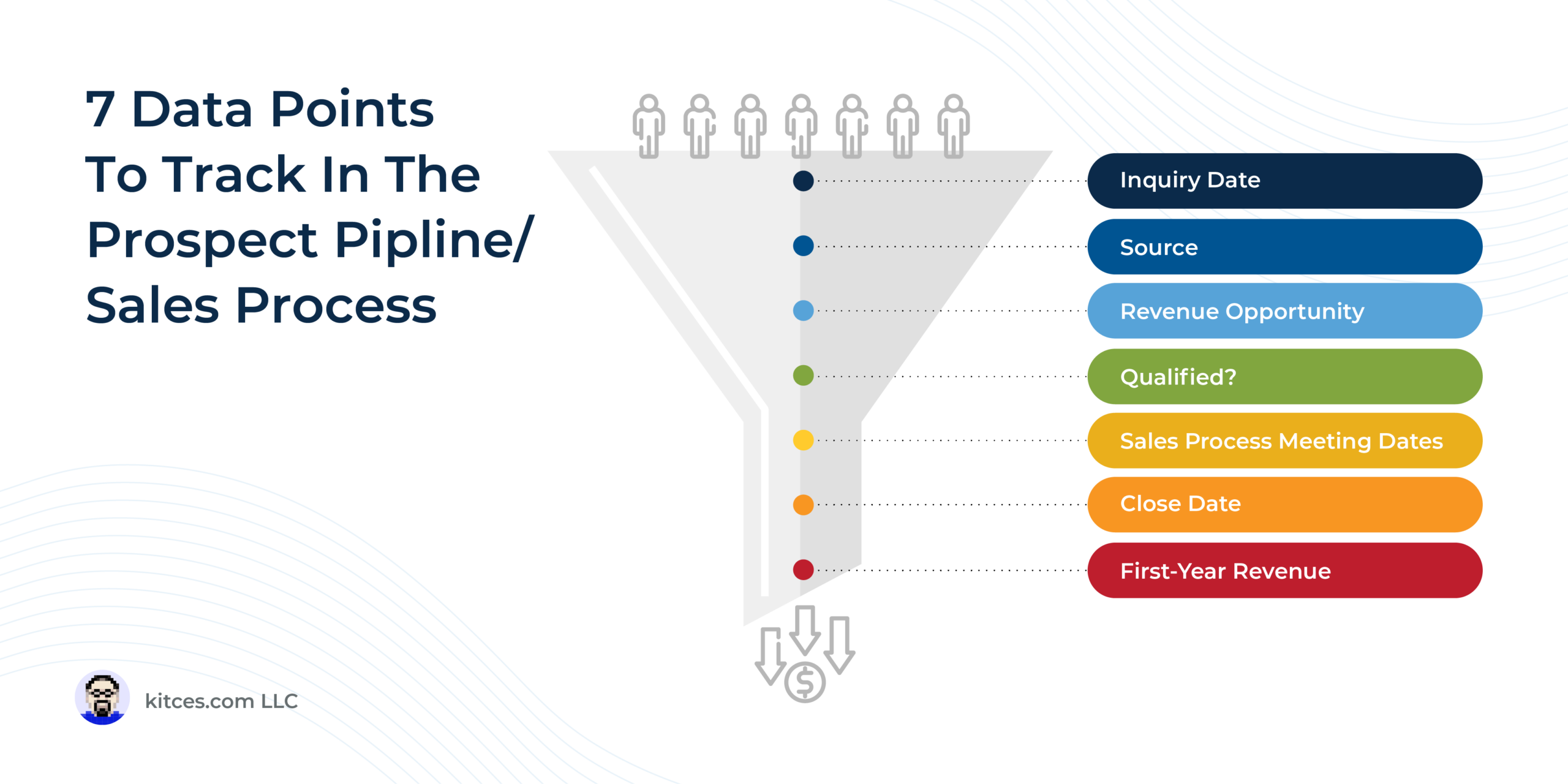In the early days of the financial advice industry, an advisor’s options for generating new business were somewhat limited. Cold calls, country club memberships, Chamber of Commerce networking, and referrals (from clients or centers of influence) were staples for growth, and determining how successful those sales-centric efforts were was rather straightforward. Over the years, though, as the focus of the profession evolved from being almost exclusively transaction-based sales to having a focus on building long-term relationships, so too did growth shift from sales-based approaches to more long-term trust-building marketing tactics. The good and bad news of this shift has been the emergence of a near-dizzying array of growth tactics, including blogging, webinars, social media, podcasts, paid search, lead-generation services, and (of course) good old-fashioned cold-calling and networking (to name just a few!). And when they’re so different from each other, the challenge can quickly become figuring out which are really working the best (especially when some take more time, and others cost more upfront in hard dollars). Fortunately, by tracking key marketing KPIs and sales metrics, advicers can measure their business development efforts and not only learn which tactics are most effective, but also how to iterate over time to make them even more marketing-efficient and scale the growth of their business!
An advicer’s business development activity can be measured across 2 main phases: the Marketing Activities that generate new leads and prospects, and the Sales Process that converts those prospects into new clients. As a first step, the most important is to gather data around whatever activity it is that the advicer is doing to attract new prospects (such as the number of podcasts produced, webinars hosted, blog posts published, networking meetings attended, or cold calls made). From there, advicers can determine if the activity is actually having any effect by measuring the number of Prospect Inquiries, or how many people reach out to learn more about what the advicer offers. Along the way, advicers can track their website traffic, which is a good proxy for whether their brand awareness is growing as a result of their marketing activities, as measured (in Google Analytics 4) by Users Per Month. Finally, advicers should track how much they’re spending (in total) on their efforts, both from an actual hard-dollar cost, and the time that’s spent on the activity itself, in order to understand if their tactics are improving over time and which tactic is outperforming another.
Once an advicer has generated new inquiries, the next step is to determine how well they are converting new prospects into new clients. Key data points around the prospects themselves that advicers should record along the Prospect Pipeline include the date that the prospect first reached out, how that prospect first learned about the advicer, if the prospect is actually ‘qualified’ (i.e., they’re a good fit for and can afford the advicer’s services), and how much revenue the prospect can be expected to bring to the practice. From there, tracking the dates of each meeting in the Sales Process and the date that the prospect signed the paperwork to become a client can help identify potential bottlenecks or issues in the Sales Process itself. Finally, advicers can also record the amount of revenue the client ended up committing in order to track and measure their growth.
The real opportunity in gathering all this data is learning which channels and activities an advicer should be focusing their time and dollars on, and determining what key metrics they should try to improve. Specifically, advicers can take this raw data and turn them into Key Performance Indicators (KPIs) that will help them become more efficient and effective. These KPIs include the total amount of time spent generating each new prospect, the percentage of those prospects that were actually “qualified”, and how many of those qualified prospects became clients, along with the number of days between when a prospect first reached out and when they signed on as a client, the average revenue generated by each new client, and the total new revenue opportunity of all the prospects currently in the Sales Pipeline. Finally, advicers can arrive at the grandaddy of all marketing and sales KPIs, the Client Acquisition Cost (CAC), which measures the all-in cost of what it takes for an advicer to get a new client. By calculating the amount of time and dollars spent on marketing and dividing that by total new clients, advicers can determine if their sales and marketing efforts are truly contributing to the growth of their practices.
Ultimately, given how important it is for nearly all advicers to generate new business, gathering the raw data from their marketing and sales efforts and then calculating the key metrics resulting from those processes is a crucial step towards effectively growing their practices. Importantly, though, advicers can’t improve their business development efforts if they don’t first measure them. By doing so, it becomes possible to determine what’s working (and what’s not!), and learn where the advicer’s time and money are best spent as they build and scale their ideal financial planning practices!


